Menu
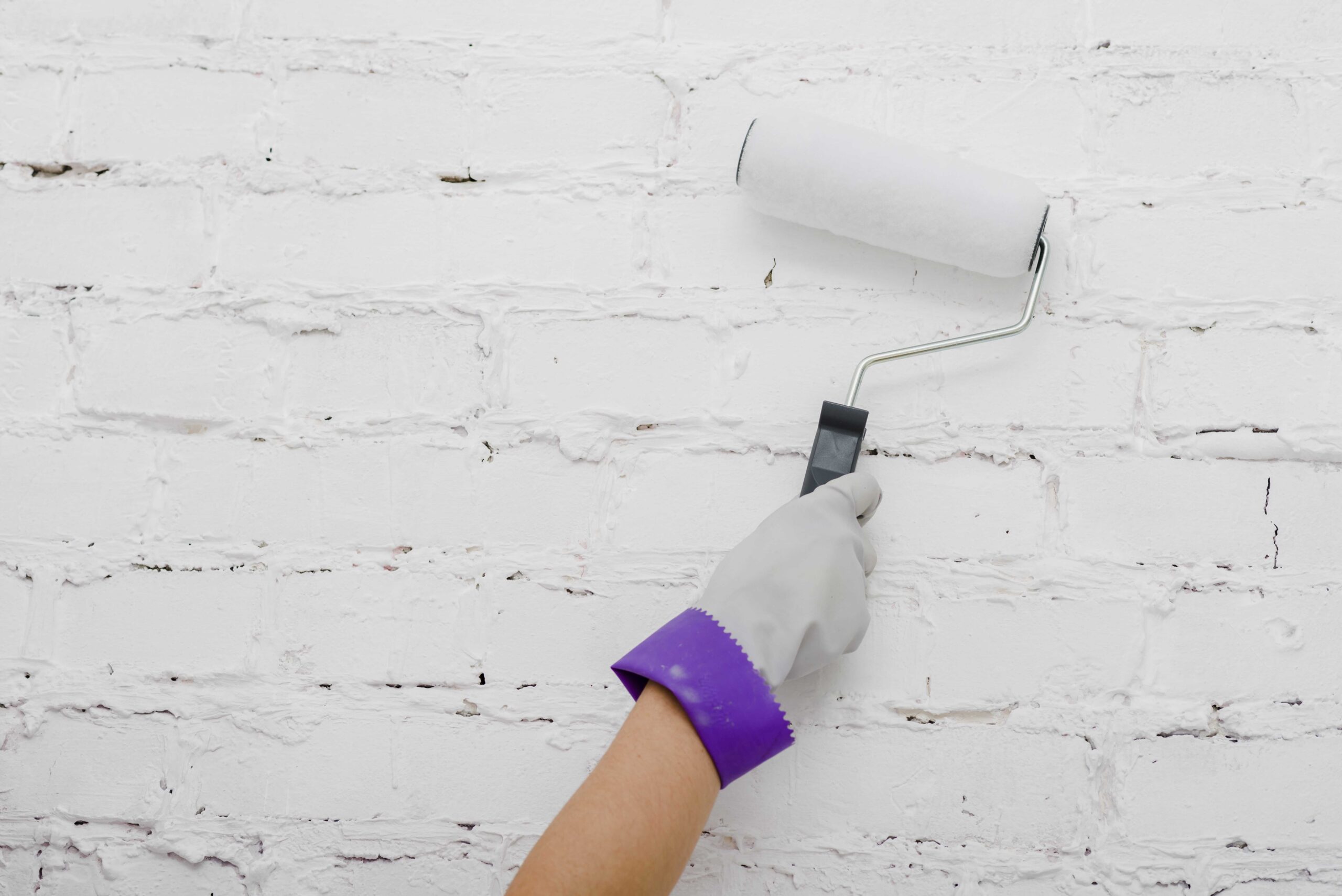
Painting a brick house exterior has become a popular way to update curb appeal and give older homes a clean, modern look. While the transformation can be striking, it comes with trade-offs that go beyond color choice. From moisture issues to resale value, painted brick can bring both benefits and complications depending on climate, maintenance, and materials used.
Here are the pros and cons of painting exterior brick before deciding if this trend is the right move
✔ Painting brick can boost curb appeal and modernize the look of older homes.
✔ Not all brick is suitable for paint, especially if it’s old, damaged, or moisture-prone.
✔ Painted brick requires ongoing maintenance, including regular cleaning and repainting every 7–10 years.
✔ The wrong paint can trap moisture and lead to peeling, cracks, or structural damage.
✔ Working with a professional ensures proper prep, paint choice, and long-term durability.
✔ Once brick is painted, removing it is costly and often damages the surface.
✔ Weighing the pros and cons of painting exterior brick is essential before committing to this permanent change.
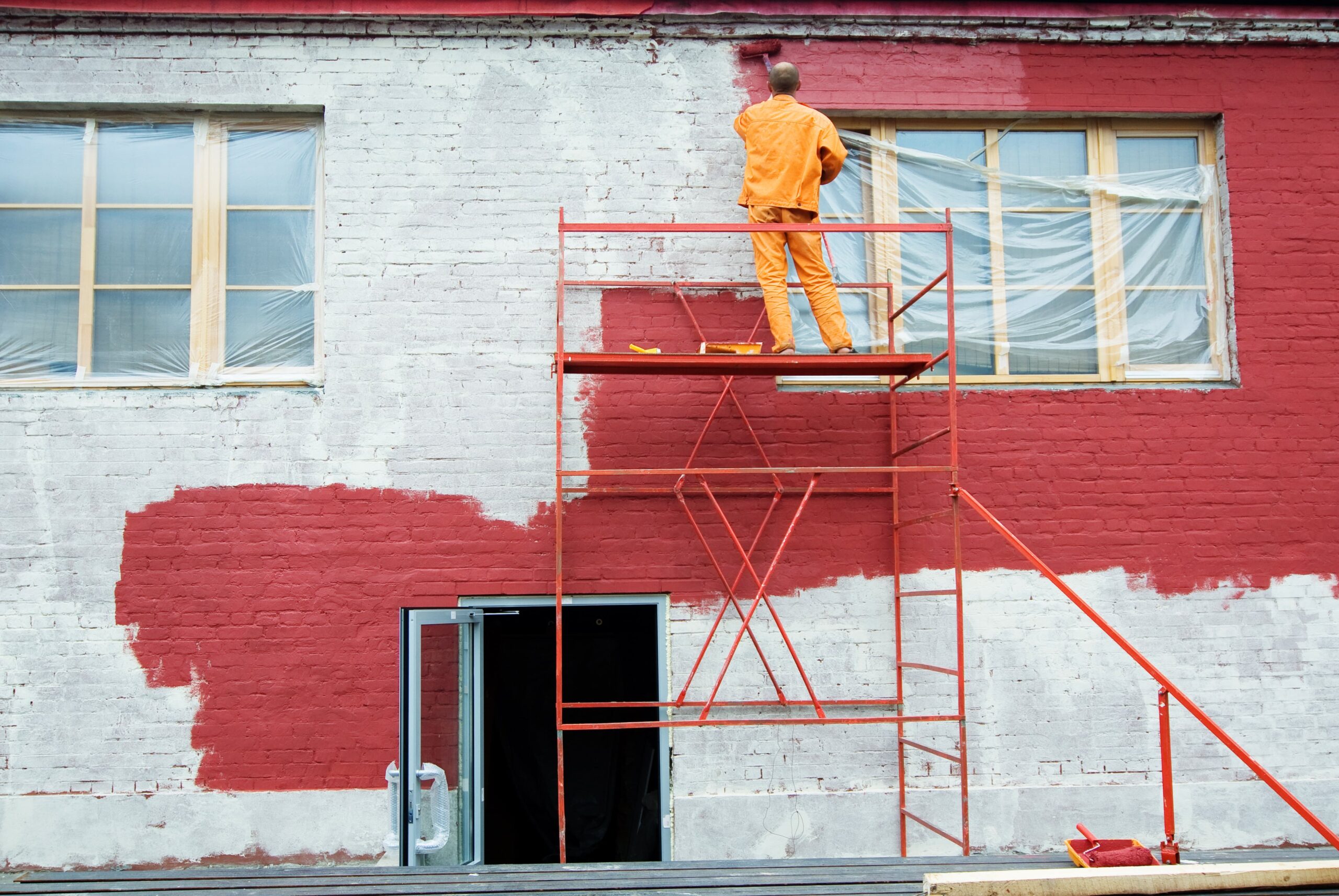
Painting a brick house can give it a completely new personality. A fresh, even color can modernize outdated brick and help the home stand out in the neighborhood. It’s one of the most noticeable ways to improve exterior aesthetics without changing the structure itself.
Paint can add a protective layer that helps shield brick from environmental wear. While brick is naturally durable, painted surfaces can provide added resistance in certain climates, especially when applied with the right materials and techniques.
Unpainted brick limits a home’s color palette. Painting opens the door to dozens of hues and finishes, giving homeowners greater control over curb appeal and design cohesion.
One of the biggest risks of painting brick is moisture entrapment. Brick is a porous material that breathes naturally, and paint can disrupt this process if the wrong type is used or applied improperly.
Painted brick may look clean at first, but it demands regular upkeep to maintain its appearance. Unlike bare brick that naturally weathers, a painted finish shows wear more easily and requires ongoing attention.
Once a brick surface is painted, there’s no easy going back. Removing paint from brick is an expensive, messy process that can cause irreversible damage.
Not every brick house should be painted. Some bricks can handle paint well, while others are too old, damaged, or porous to support a lasting finish. Before weighing the pros and cons of painting exterior brick, it’s important to evaluate whether the surface is structurally and chemically ready for paint. In most cases, that means getting input from a qualified masonry professional.
If brick is flaking, crumbling, or breaking apart at the surface, painting will only make the problem worse. Paint can trap moisture inside these weak areas, speeding up deterioration. This is one of the most serious risks of painting brick and should be addressed by a professional before any painting project begins.
Older brick, especially those from pre-1930s builds, often wasn’t fired at high enough temperatures to resist modern paint products. These softer bricks tend to absorb too much moisture, which paint can seal in, leading to interior damage or mold. When asking should you paint brick houses, age is a major factor that can quickly turn a cosmetic upgrade into a structural headache.
Brick that’s been previously sealed, painted, or treated with water repellents may reject new paint or peel prematurely. A professional can test the surface to see if old coatings need to be removed, which is critical before applying a new layer. Skipping this step can lead to major failures—one of the more common but overlooked painted brick benefits and drawbacks.
White, chalky residue on brick (efflorescence) signals trapped moisture or mineral buildup. Painting over it locks that moisture in, leading to bubbling paint or future mold problems. Homeowners considering whether they should paint exterior brick must first address these issues with expert help before even thinking about color swatches.
Worn or cracked mortar can allow moisture to seep in behind the paint layer, weakening the bond and potentially damaging the brick. Before painting, mortar joints should be repointed by a pro to ensure a solid, stable surface. Ignoring mortar condition is one of the most common risks of painting brick, and it’s rarely something a DIYer can assess accurately.
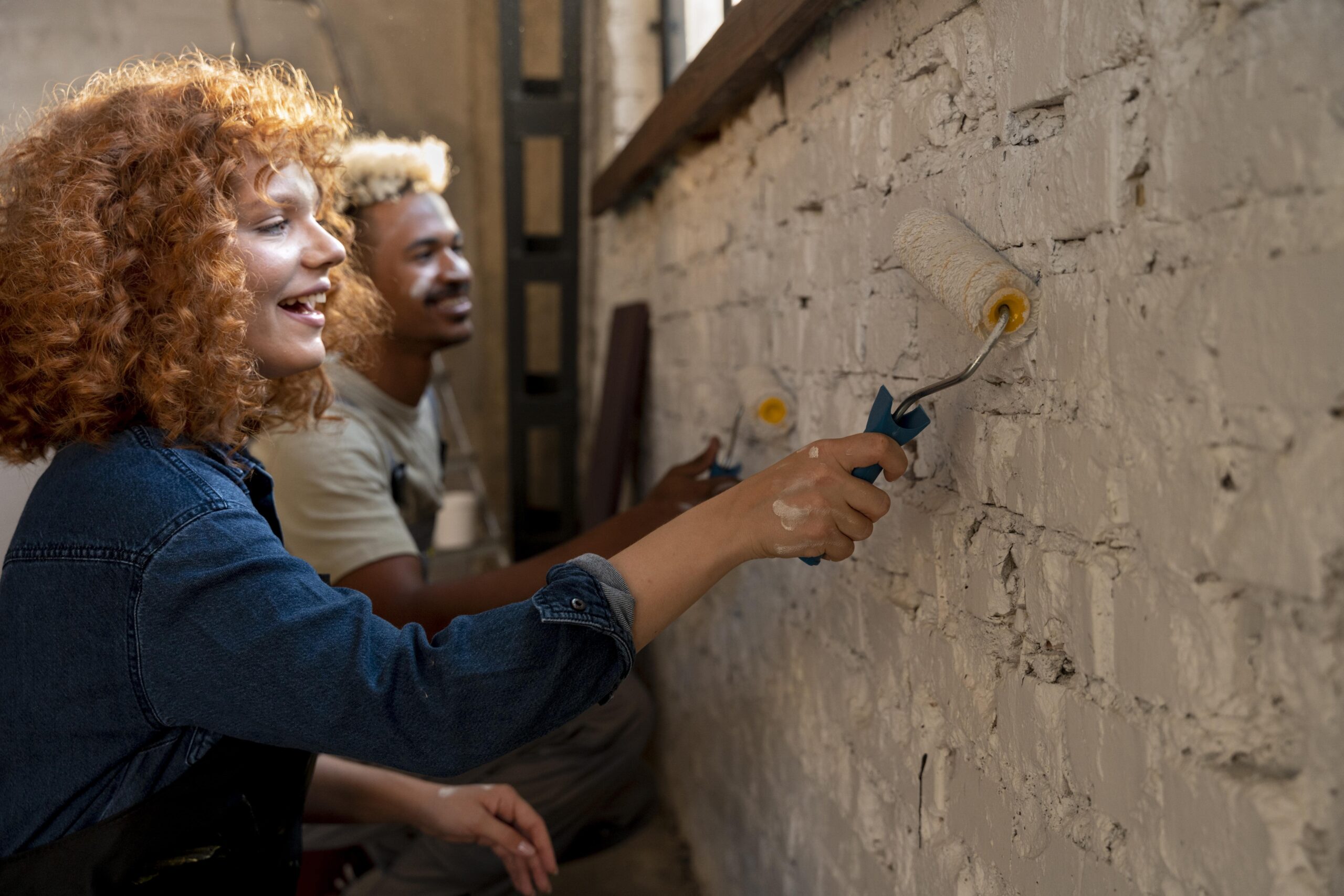
With the average cost to paint a brick house ranging from $3,500 to $10,500, using the right paint is critical. Not all paints are suitable for brick—durability, moisture control, and breathability matter. The wrong choice can lead to peeling, trapped moisture, and costly repairs.
To protect your investment and ensure long-lasting results, it’s wise to hire a professional who understands masonry and uses products that stand the test of time.
Brick needs to “breathe,” meaning it should be able to release moisture trapped inside the wall. Breathable masonry paints, like mineral-based or silicate coatings, allow moisture vapor to pass through while still offering protection. Homeowners asking should you paint exterior brick need to understand that standard latex paints can trap moisture and cause long-term damage.
Oil-based paints form a thick, non-porous layer that seals the surface too tightly. This blocks moisture from escaping, which is one of the most common risks of painting brick, especially in older homes with no vapor barriers. A professional painter will steer clear of these products for exterior brick surfaces and opt for more breathable alternatives.
If breathability is accounted for, high-quality acrylic latex paints can offer solid performance. These paints provide strong adhesion, UV resistance, and flexibility—ideal for handling weather changes without cracking. When weighing the painted brick benefits and drawbacks, durability should be part of the conversation, and acrylic latex balances performance with ease of application.
Flat or matte finishes are often best for brick because they hide imperfections and resemble the natural look of masonry. Glossy finishes tend to reflect too much light and highlight surface flaws, especially on textured materials like brick. Professionals often recommend low-sheen finishes when asked should you paint brick house for both aesthetic and functional reasons.
A bonding primer made for masonry is critical to help paint adhere properly and prevent peeling. It also seals in surface dust and fills minor pores to create a more stable base for topcoats. Skipping this step is one of the avoidable risks of painting brick, and a professional will always include primer in the prep process.
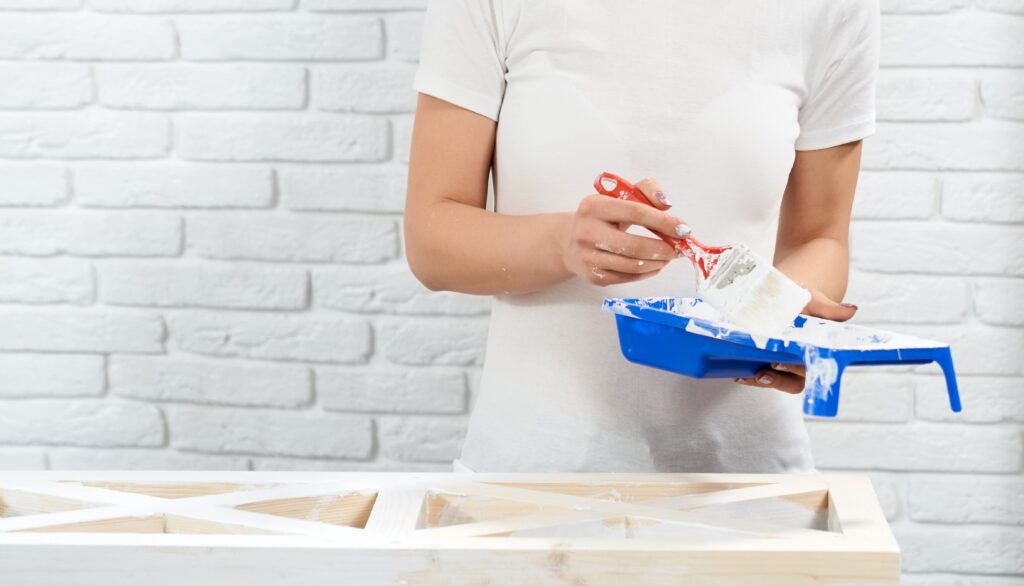
Brick homes typically have a resale value at least 6% higher than those built with other materials, making them a smart investment. However, once a brick exterior is painted, maintaining that value takes effort—seasonal wear and moisture can quickly compromise the finish. Proper care and occasional professional support are essential to preserve both the look and the long-term benefits of painted brick.
Painted brick can develop cracks, chips, or peeling—especially in areas exposed to harsh weather. A visual check every few months can catch early signs of trouble before they spread across large surfaces. This routine maintenance helps homeowners better manage the painted brick benefits and drawbacks over time.
Power washing may seem like an easy fix, but it can strip paint or force water deep into the brick. Instead, use a soft-bristle brush, gentle cleanser, and a low-pressure rinse to remove dirt and mildew. Professional painters often offer seasonal cleanings, which can prevent many of the risks of painting brick caused by over-aggressive cleaning.
Painted brick doesn’t last forever—it fades, cracks, and wears unevenly with time. On average, a repaint is needed every 7 to 10 years, though homes in sunny or wet areas may need touch-ups sooner. A qualified contractor can evaluate whether it’s time to refresh the paint or if repairs are needed first, helping answer the question should you paint exterior brick again or wait?
If the brick starts absorbing water or shows signs of moisture stains, it’s time to reseal or repair the affected section. Sealants formulated for painted masonry can be applied in problem spots without repainting the whole surface. This proactive approach reduces the risks of painting brick, especially in basements or areas near the ground.
Painted surfaces, especially on north-facing or shaded walls, can develop mildew or algae more easily. Use a mildew-resistant cleanser at the first sign of green or black growth to prevent staining or peeling. This is one of the often-overlooked painted brick benefits and drawbacks—while the color can look great, maintenance needs are higher in damp conditions.
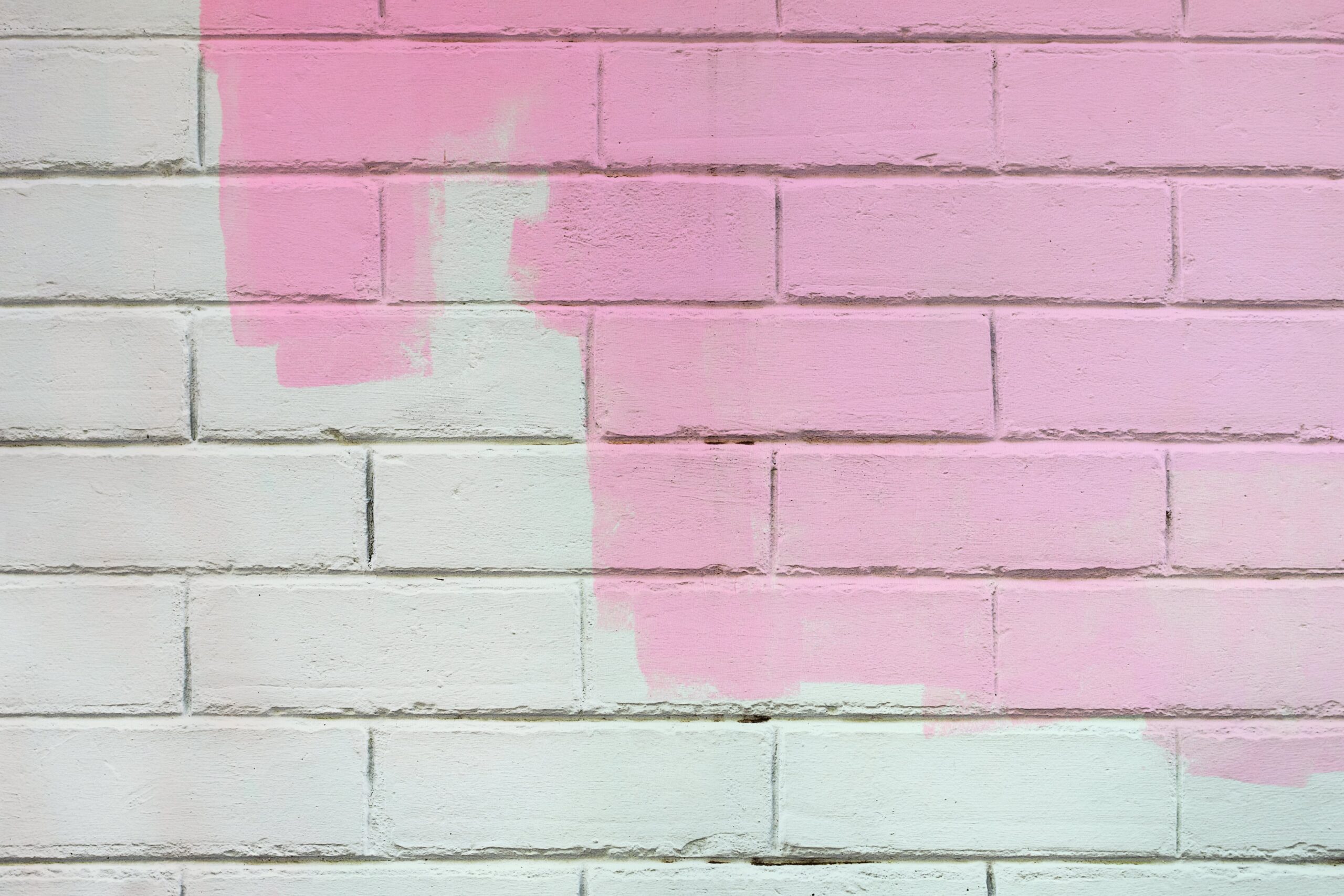
Painting brick can slightly affect how heat and moisture move through the wall. Some breathable paints can help regulate temperature, but sealed surfaces may reduce the natural insulating properties of brick. This is a key factor to consider when weighing the pros and cons of painting exterior brick, especially in extreme climates.
Yes, but only with careful moisture control. Spray foam traps air inside walls, and when paired with painted brick—especially if the paint isn’t breathable—it can increase condensation risks. For those asking should you paint brick house in conjunction with insulation upgrades, it’s best to consult a professional contractor familiar with both materials
In some cases, painted surfaces can make it easier to spot insect trails or damage. However, improperly sealed paint jobs may trap moisture, creating conditions that attract pests like termites or ants. That’s one of the lesser-known risks of painting brick that can have long-term consequences if ignored.
Brick is naturally fire-resistant, but some types of paint can reduce that performance slightly. Most quality exterior paints are fire-rated, but they still add a flammable layer to the surface. Anyone asking should you paint exterior brick should confirm that their paint meets fire safety codes for their area.
Yes, but with caution. Chimneys and fireplaces deal with heat, soot, and moisture—factors that can make paint bubble, stain, or peel prematurely. Professionals can help determine if those surfaces are safe to paint or if the painted brick benefits and drawbacks aren’t worth the risk in high-heat areas.
For homeowners ready to upgrade their curb appeal, Trumbull House Painter Pros delivers expert brick painting services. Our team understands the ins and outs of masonry, using high-quality, breathable paint that protects while enhancing the look of your home in Trumbull, CT. Whether updating outdated brick or finishing a recent renovation, we bring craftsmanship, care, and clean lines to every project.
Trust Trumbull House Painter Pros to handle the details. Connect with us today!